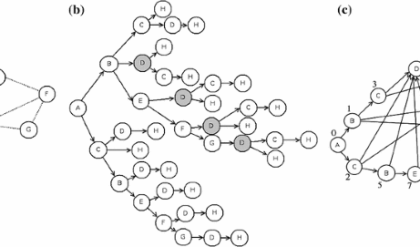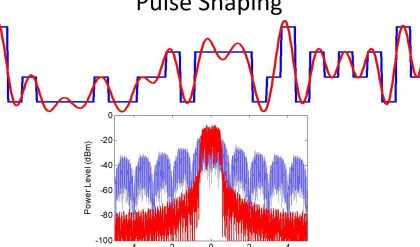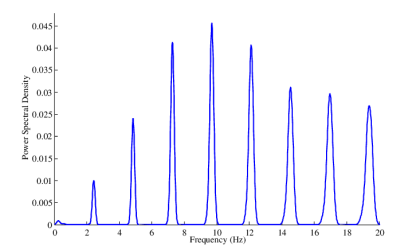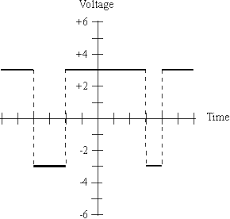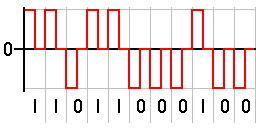This type of modulation is different from all modulations learnt so far. It is clear from the block diagram given at the top that it is a type of digital modulation. That is the signals here are sampled and sent in pulse form. A common feature among other techniques is that pulse code modulation also uses sampling technique. In this case, instead of sending a pulse train which is capable of continuously varying parameters, this type of generator produces a series of numbers or digits. Each digit in it represents the appropriate length of the sample at a particular instant.
Basic block diagram of its realisation is given below:

Advantages of PCM
- It is mainly used in long distant communication.
- Transmitter efficiency is more.
- It has higher noise immunity when compared to other methods.
Disadvantages of PCM
- More bandwidth is required when compared to analogue systems.
- In this method encoding, decoding and quantisation of the circuit have to be done. This makes it more complex.
Applications of PCM
- It is used in the satellite transmission system.
- It is also used in space communication.
- Used in Telephony.
- One of the recent applications is the compact disc.
